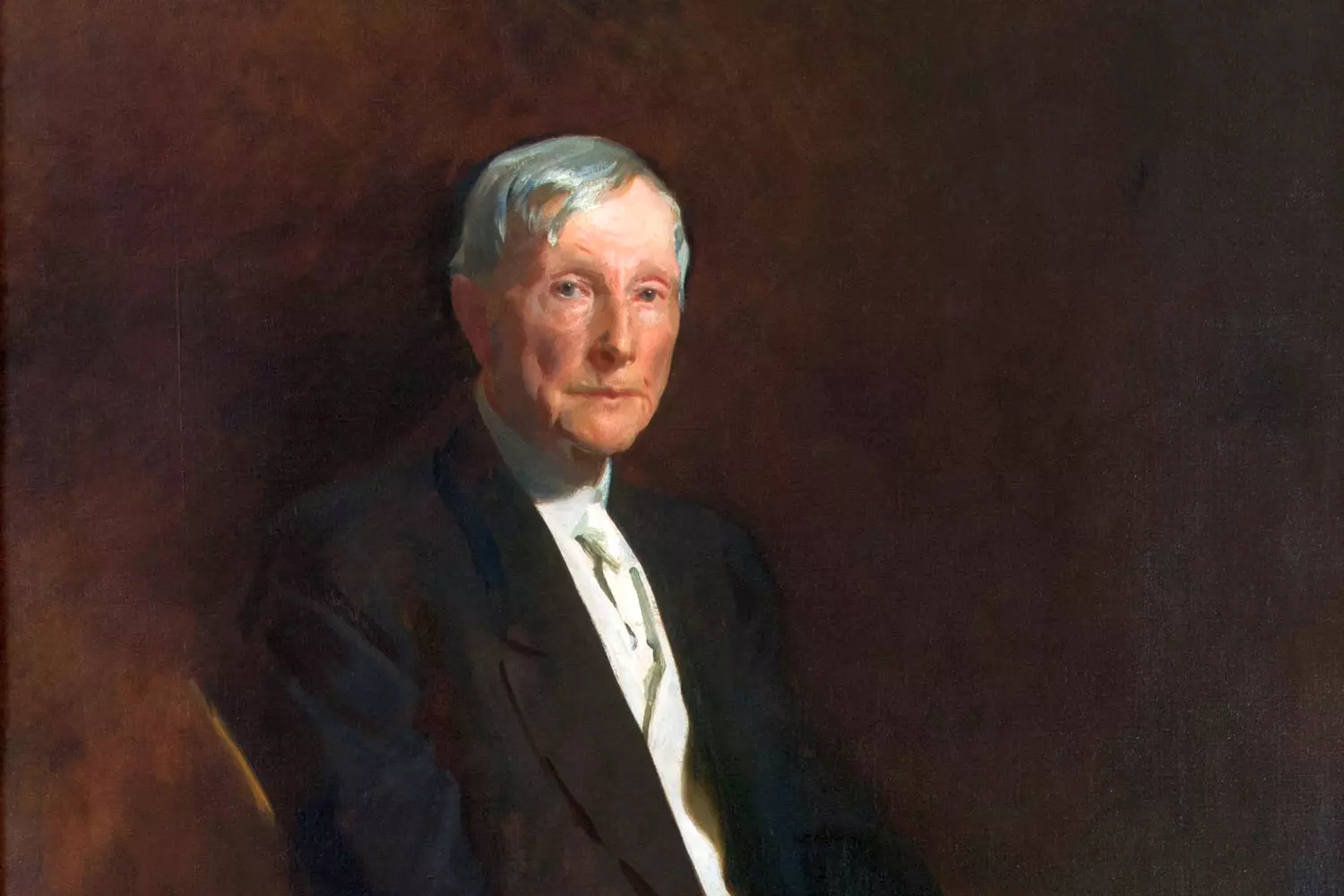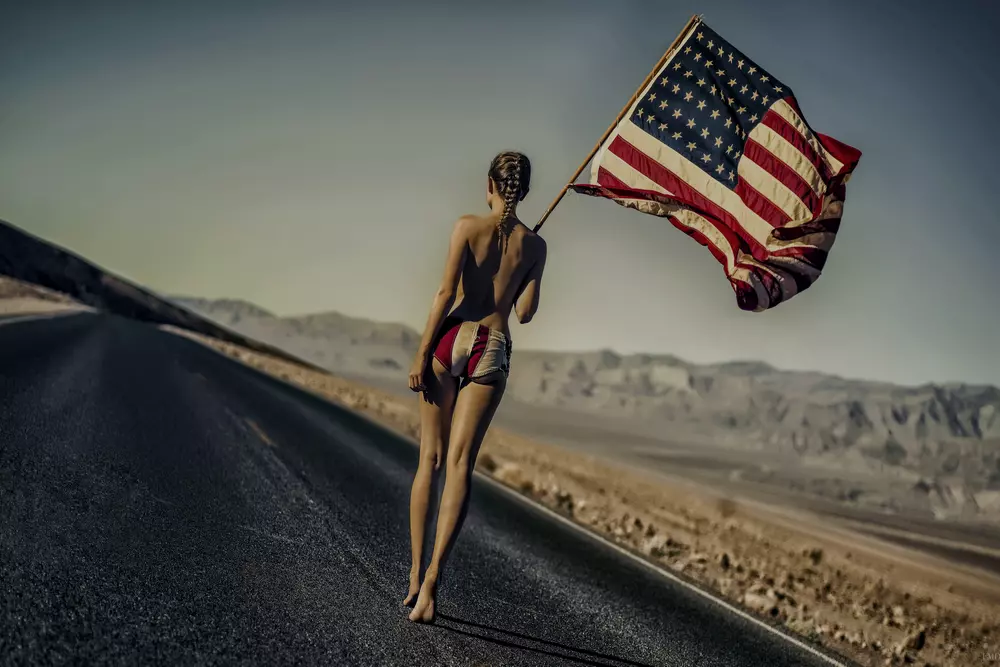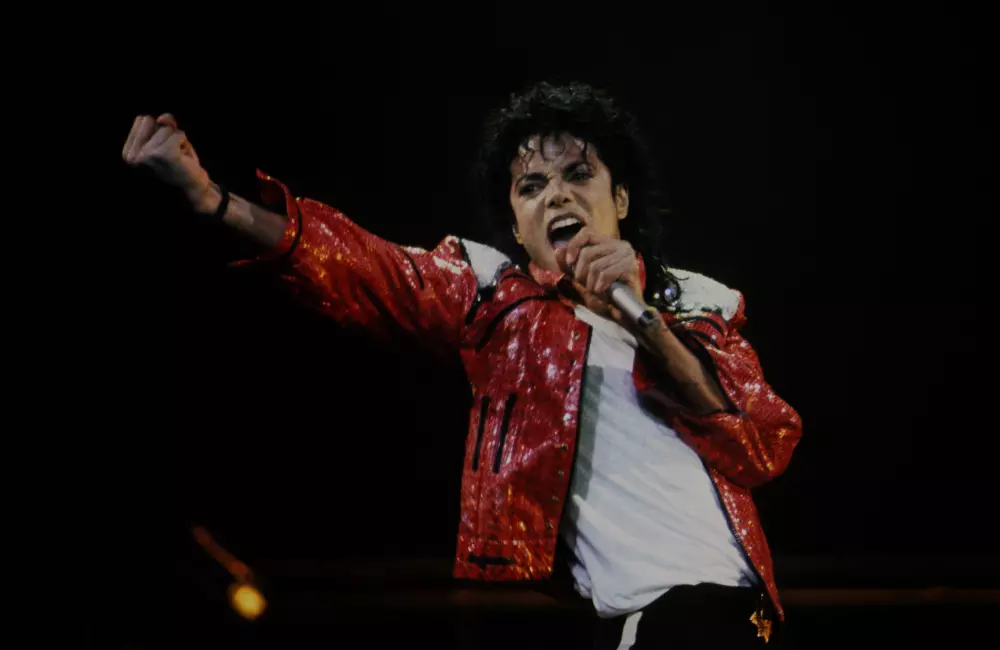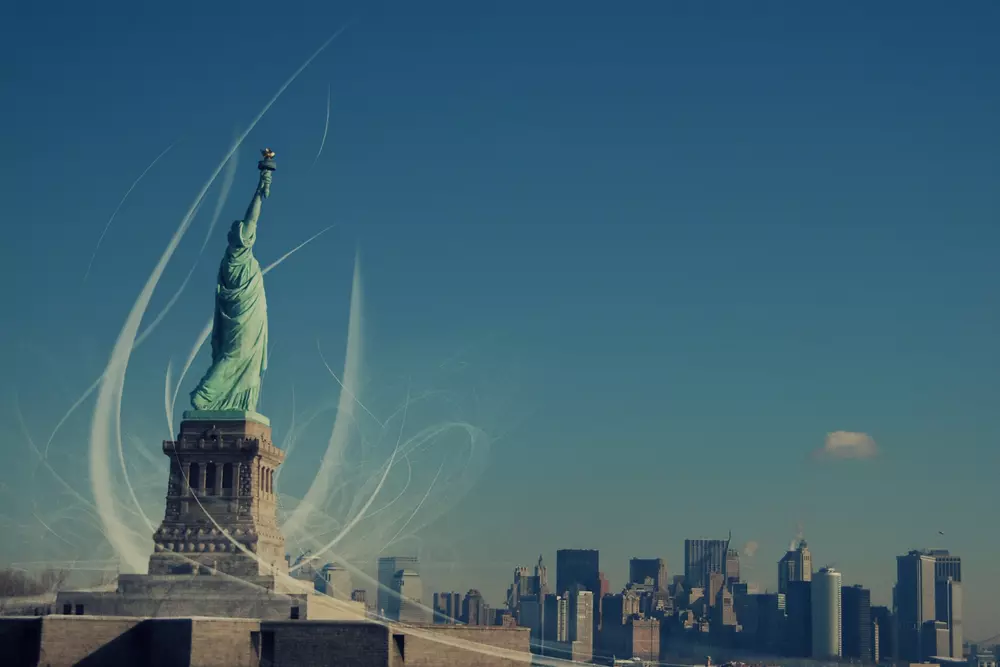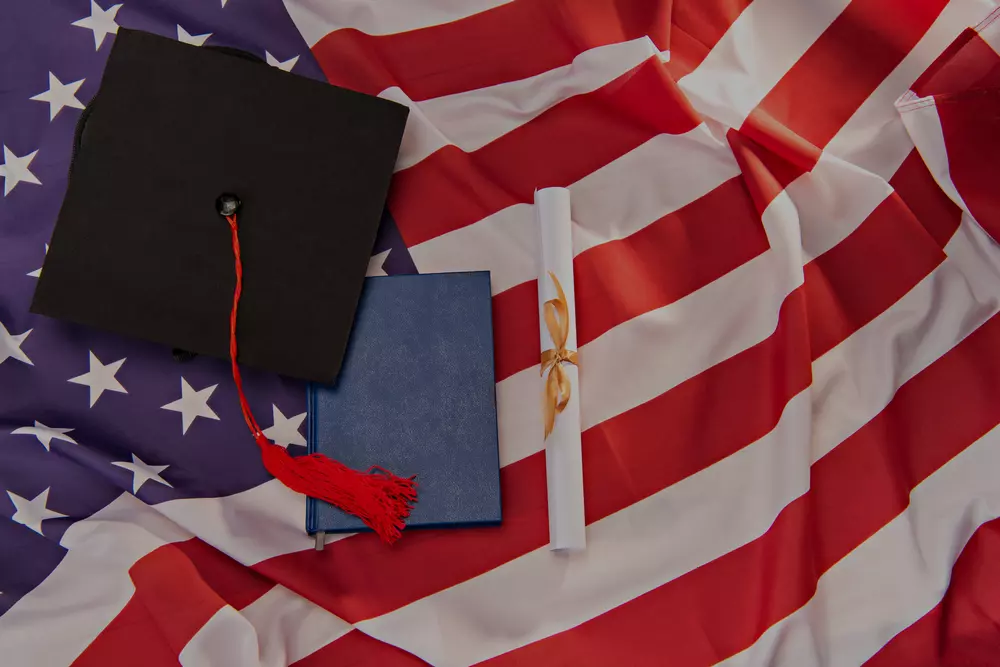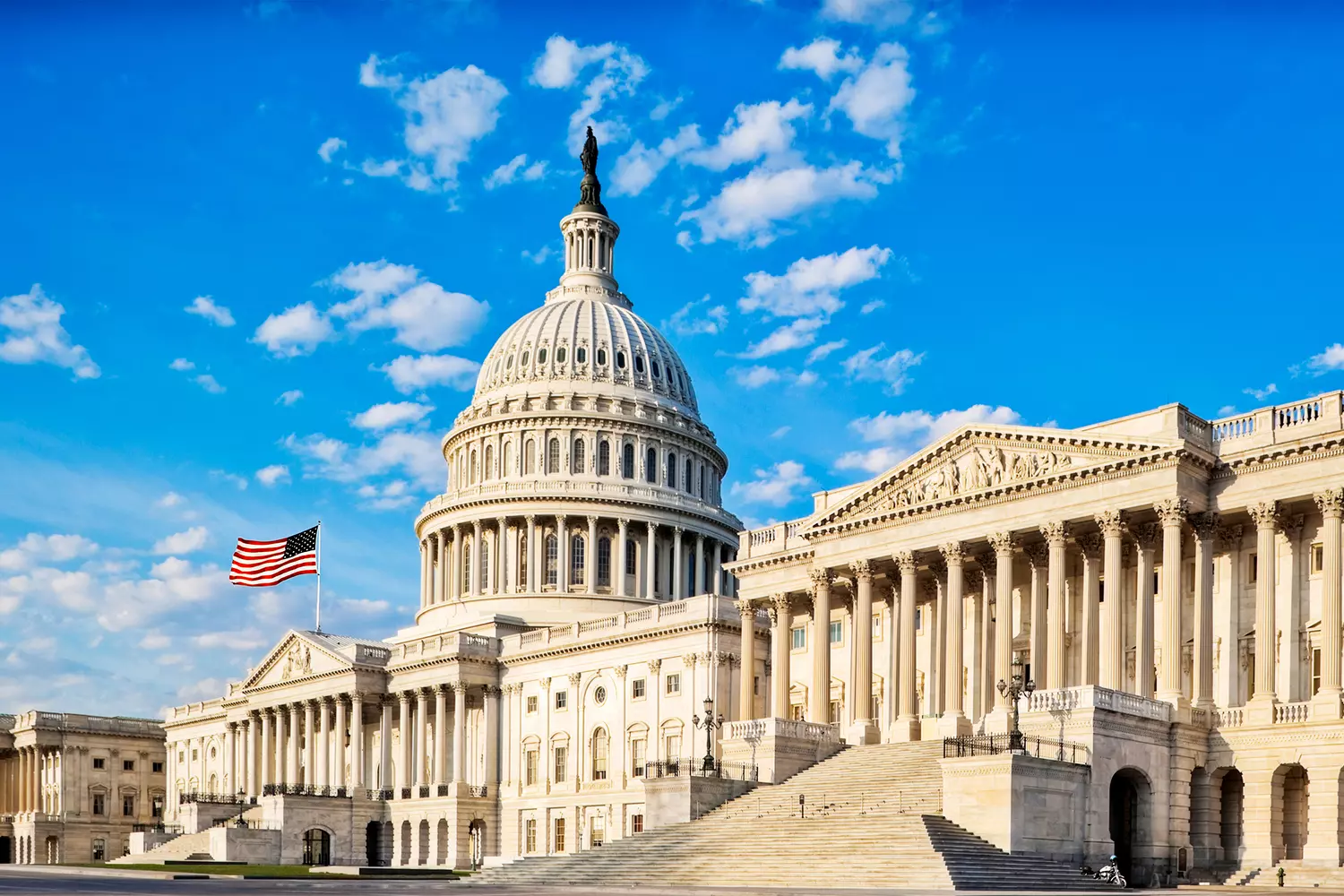When it comes to the USA, many immediately picture a familiar image — a tall, elderly man with a beard, wearing a star-spangled top hat, who looks sternly from a poster and points his finger: "I Want You!" Uncle Sam has long been a symbol of America, but where did this name come from and how is it related to the abbreviation US?
This story dates back to the 19th century and is connected with a real person. However, over time, the image of Uncle Sam acquired a broader meaning — he became not just a character, but a reflection of American ideology. Let's explore how a simple nickname turned into a powerful national symbol and why it has become so firmly established in US culture.
How National Symbols Emerge
Every country has images that are perceived as its personification. In England, it's the gentleman John Bull, in France — a woman in a Phrygian cap named Marianne. These symbols have been formed over decades, reflecting ideas about the people, culture, and state.
A national character can emerge in different ways. Sometimes it is created consciously — like Marianne, for example, who symbolized republican ideals after the French Revolution. In other cases, it is born from folk folklore, anecdotes, or even random coincidences. John Bull arose from satirical articles of the 18th century, ridiculing the peculiarities of the British.
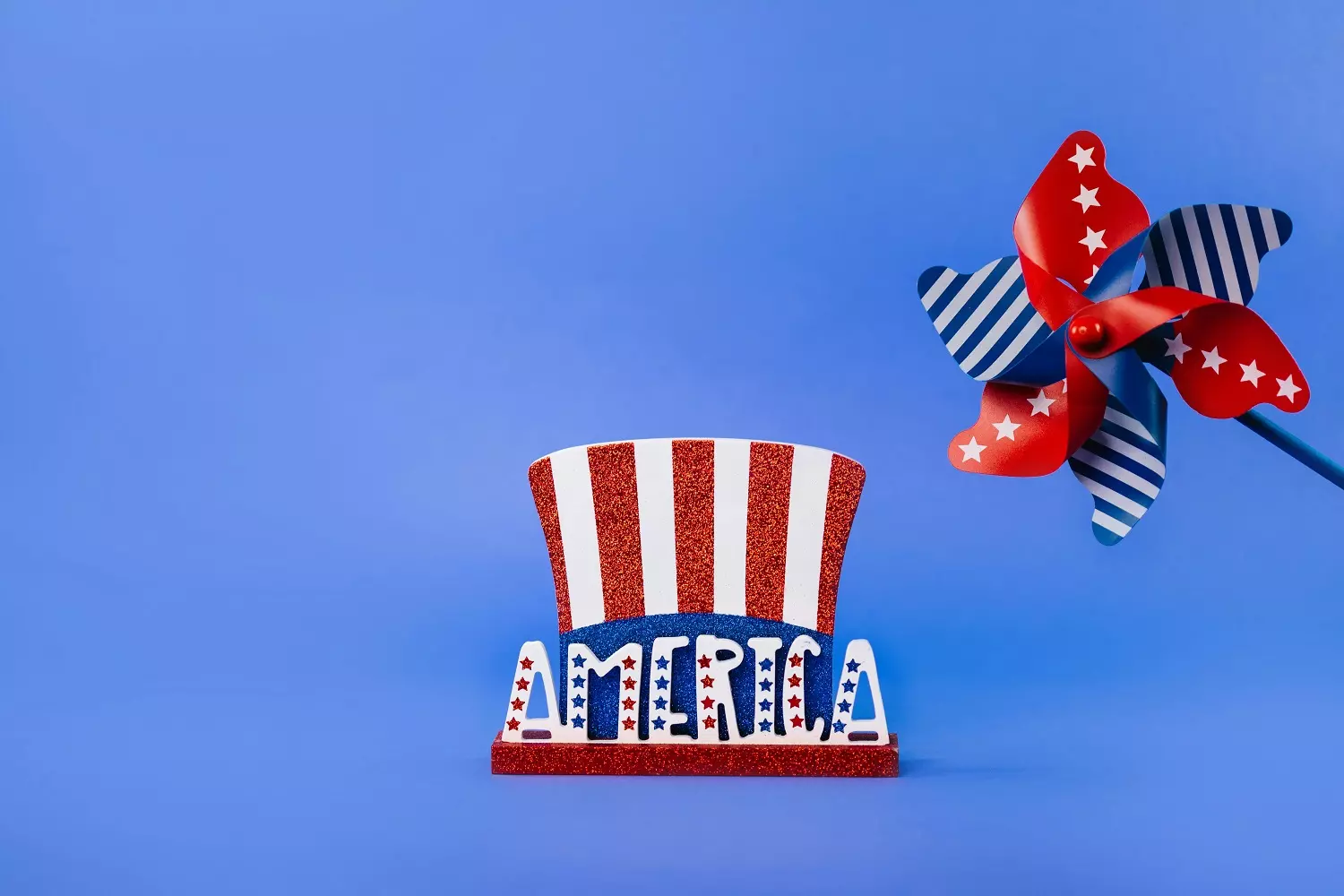
Often, such images are associated with historical events. When a country experiences wars, revolutions, or significant changes, people need something understandable and close, something that expresses the spirit of the times. Thus, in the USA, the Civil War and the subsequent rise of patriotism played an important role. During this period, folk characters strengthened in the mass consciousness and became part of the culture.
A national symbol can be serious or caricatured, but its main task is to express the character of the country and its people. Sometimes it reflects strength and independence, and sometimes — habits, traditions, or even weaknesses. American Uncle Sam, for example, began as a joke but eventually turned into an image of a strict but fair uncle who demands to defend the homeland.
US — More Than Just an Abbreviation
The abbreviation US is familiar to everyone. Today, these two letters can be seen on passports, dollars, military equipment, and hundreds of other things. They denote the United States of America, but were initially perceived as ordinary marking, not as a symbol of the country.
In the first decades after the formation of the USA, a unified abbreviation had not yet been established. Different options were found in official documents — U.S., U. States, USA. There were no clear spelling rules either. However, over time, US began to be used more and more often.
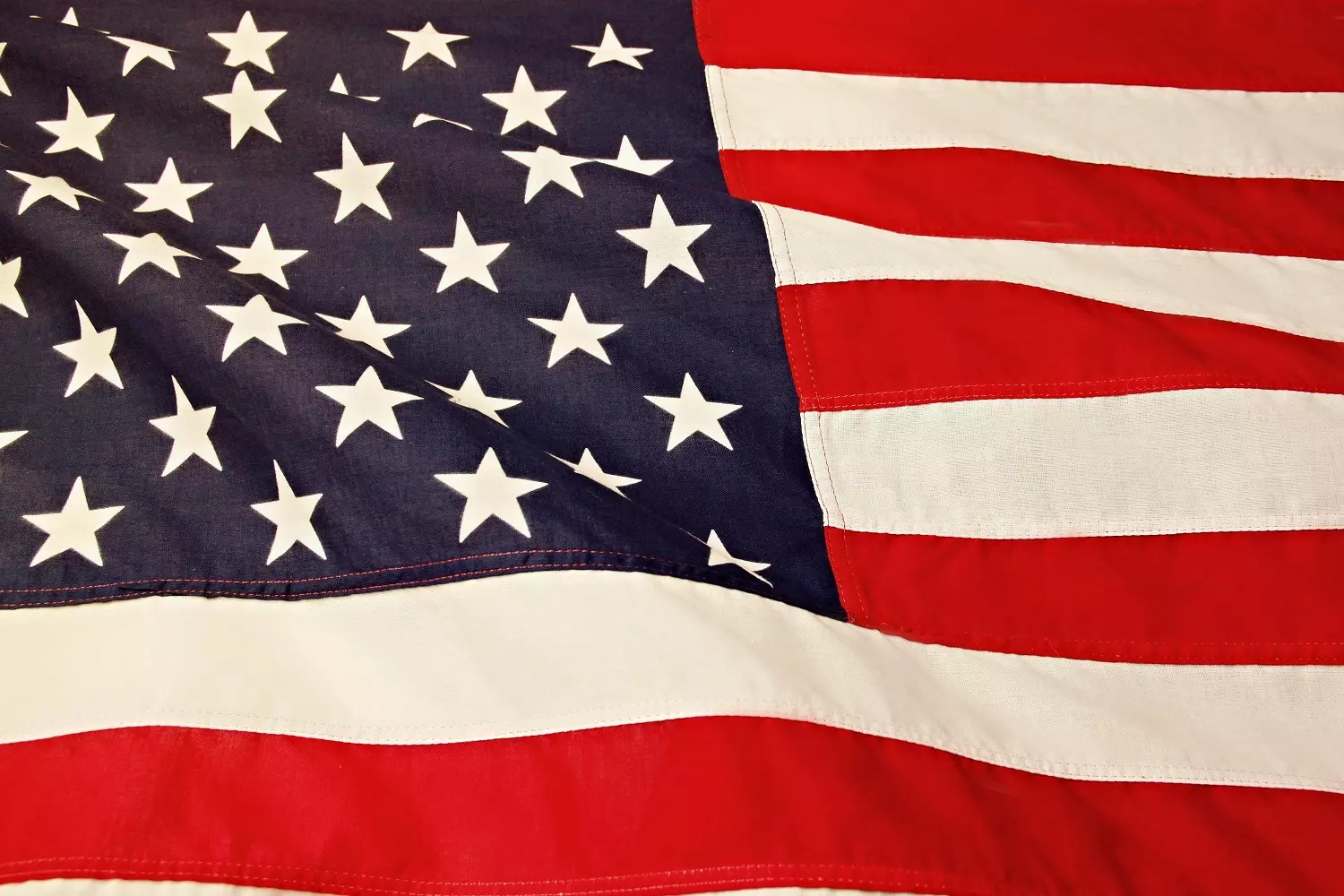
One of the reasons was convenience. The long name of the country on documents, seals, and items took up too much space. The short US solved this problem. Another factor is supplies for the army. Troops needed food, weapons, and clothing, which were marked with the letters US. This made the designation recognizable among soldiers.
The more the state grew, the stronger the abbreviation became entrenched in the mass consciousness. It appeared on the first state banknotes, became part of the official symbolism, and penetrated into culture. Over time, US turned not just into a designation of the country, but into a sign that is associated with America all over the world.
The Legend of Uncle Sam
The story of Uncle Sam began with the supply of food for the US Army during the War of 1812. During this period, American soldiers needed a huge amount of meat, grain, and other products. One of the suppliers was an entrepreneur from New York — Samuel Wilson.
Wilson owned a meat processing business and signed a contract to supply beef to American troops. Barrels of meat sent to the army were marked with the letters US — United States. However, a joke spread among the soldiers that these letters meant "Uncle Sam". They knew that the supplies came from Wilson, and thus linked his name to the marking.
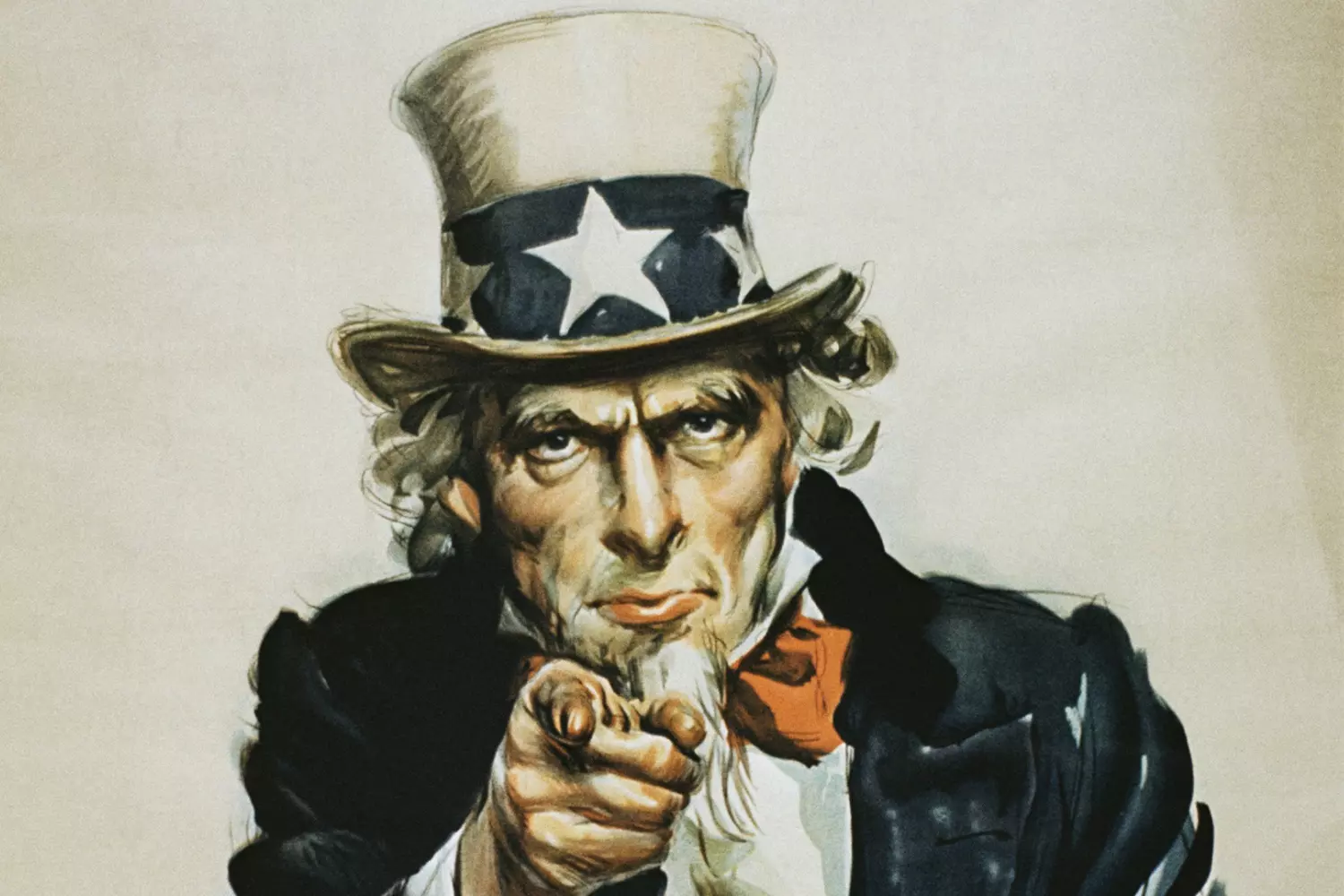
This joke quickly went beyond military camps. The story made it into newspapers, and the phrase "Uncle Sam" began to be used when talking about the US government. A few years later, this nickname became firmly established among the people.
The first printed mention of Uncle Sam appeared in 1816. By the mid-19th century, the image began to be used in caricatures and illustrations. Over time, he turned into a national symbol that Americans recognized and accepted as part of their culture.
How a Nickname Became a National Symbol
Initially, Uncle Sam was just a playful nickname used by soldiers. However, thanks to the press, caricatures, and political events, he gradually turned into a symbol of the entire country.
By the mid-19th century, newspapers often mentioned Uncle Sam when writing about the US government. In satirical texts, he was presented as a good-natured but stern character who maintains order and demands discipline. At the same time, he began to be drawn in newspaper caricatures, but artists did not have a unified idea of what he should look like.
Cartoonist Thomas Nast played an important role in shaping the image. It was he who, at the end of the 19th century, drew Uncle Sam as an elderly man with a beard, in a suit with elements of the American flag. Nast also created other US symbols — the democratic donkey and the republican elephant, but it was his version of Uncle Sam that became entrenched in the mass consciousness.
Real popularity came during the First World War. In 1917, artist James Flagg created the famous poster in which Uncle Sam in a top hat with white stars points his finger and says: "I want YOU for U.S. Army". This image was used to recruit into the army, and it became one of the most recognizable in US history.
Since then, Uncle Sam has regularly appeared in propaganda, advertising, and cinema. His image has changed, but the essence has remained the same — it is a symbol of the American state, which can be kind, demanding, and sometimes even caricatured.
Uncle Sam in US culture
The image of Uncle Sam has long gone beyond propaganda and military posters. He has become part of American culture and continues to be found in a variety of areas — from caricatures to music.
Military propaganda
Uncle Sam was actively used to recruit soldiers. The most famous example is James Flagg's 1917 poster "I want YOU for U.S. Army". This image was used during both world wars, and later — in advertising campaigns of the US Army.
Political satire
Newspapers and magazines often depict Uncle Sam in caricatures, especially when it comes to foreign policy or economic crises. In such drawings, he can look tired, angry, or even confused — depending on what the author wants to convey.
Movies and cartoons
Uncle Sam has repeatedly appeared in films, animated series, and television shows. For example:
- In Warner Bros. cartoons, he was shown as a comic character.
- In the movie "Men in Black 3", there is a scene where Agent K mentions that Uncle Sam really existed.
- In the animated series "The Simpsons", he was repeatedly used in a satirical context.
Logos and advertising
The image of Uncle Sam can be found on product packaging, company logos, and advertising campaigns. For example, some tax firms use it, emphasizing their connection with the state.
Music and literature
American musicians and writers often mention Uncle Sam in their works. For example:
- In the song "Fortunate Son" by Creedence Clearwater Revival, his name symbolizes the state and military service.
- In Kurt Vonnegut's novel "Slaughterhouse-Five", Uncle Sam is mentioned in the context of war and patriotism.
Uncle Sam has long been part of the American consciousness. He can be a hero of a patriotic poster, a character of a satirical caricature, or a symbol of bureaucracy. Over time, his image has changed, but he still remains familiar and recognizable to everyone.














